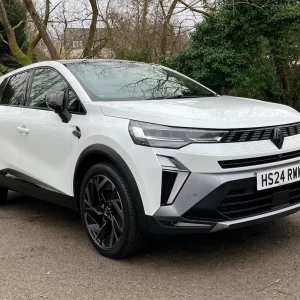When is a 4×4 not a 4×4? The Ford Kuga is suddenly a more serious fleet proposition.
No matter how good the product, there was always going to be a very limited number of firms willing to run a 169g/km 4×4 – over the capital allowance tipping point of 160g/km – especially one without a prestige badge or with any heritage in off-roaders.
But, get it down to 159g/km, and the Kuga becomes more attractive. What’s both good and bad news is that Ford’s knocked out the drive to the rear wheels to make it so. That means it’s a front-wheel drive off-roader, which could sneak the Kuga onto lists that ban 4x4s. It also means you could end up looking a bit silly if you ever get what looks like a 4×4 stuck in a muddy field or snowy road.
The removal of that heavy four-wheel drive system has driven emissions down by 10g/km, and the average mpg is 2.2 better at 46.3.
The new version also makes a lot more sense financially, and Ford has made the pricing steps easy. From this Zetec 2WD, it’s £2000 up to either the 4×4 Zetec or a spec upgrade with the 2WD Titanium. So if drivers need the full off-road capability they car forgo extra equipment for it, though that would obviously put it up into the higher capital allowance boundary.
It is noticeable from behind the wheel that this is the front-wheel drive kuga, especially in the wet where tyres scrabble on even moderate getaways.
But the key to the new version’s popularity comes in the cost per mile figure. The RVs for the two-wheel drive version are almost identical to its all-wheel drive sibling, but there’s a 3.6p per mile difference in running costs thanks to the extra fuel and tax of the higher-emitting model. And that’s without capital allowance savings, and driver’s own lower BIK tax payments. Which means it’s the only Kuga worth considering for business drivers.
|
||||||||||||||||||||||||||||||





